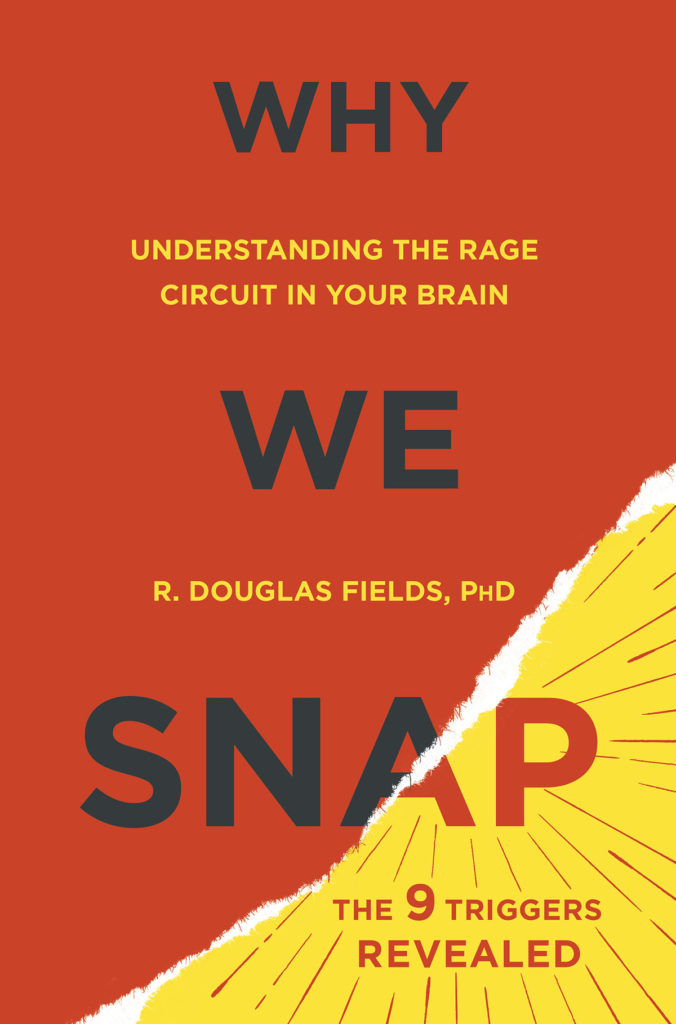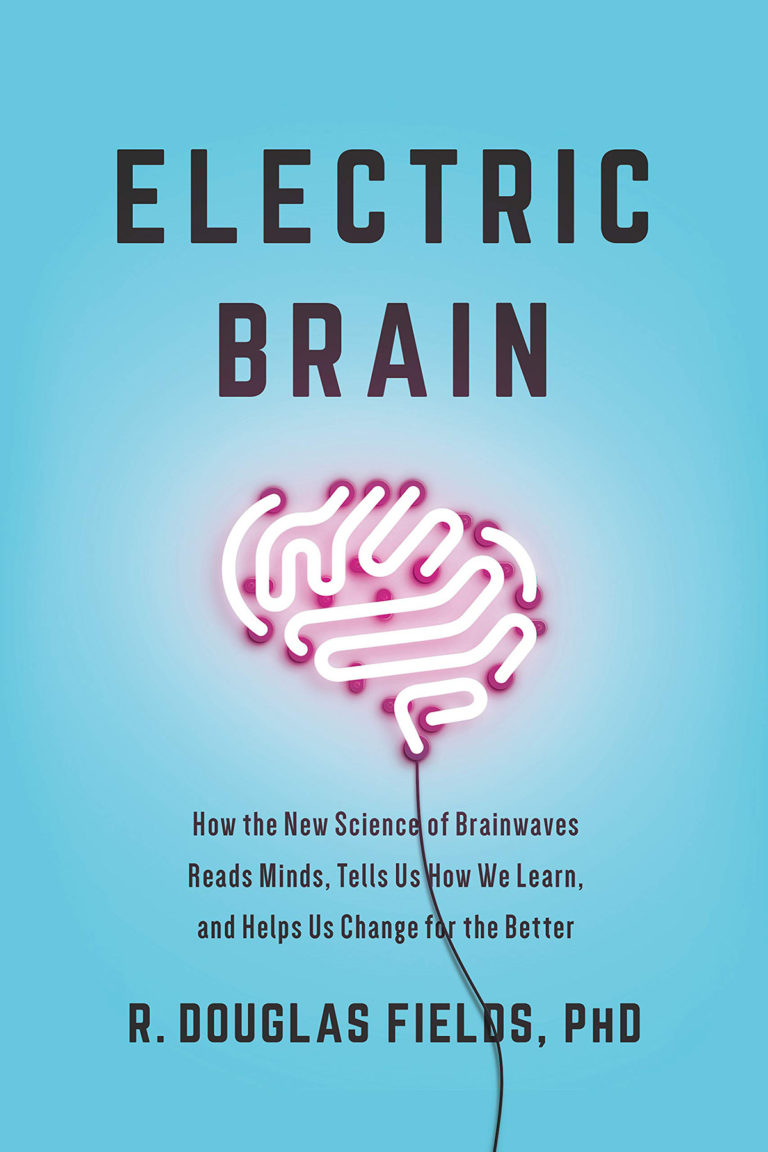Why We Snap Backstory
 Q: What compelled you to write this book?
Q: What compelled you to write this book?
The idea for this book came in a flash. I was robbed. As I recount in the book, it happened on a street in Barcelona where I had traveled with my 17-year-old daughter to give a lecture on my research at a scientific meeting. To my surprise, I reacted instantly by fighting back. I did get my wallet back, but I was lucky. I was 56-years old at the time and I have no experience in martial arts or in street fighting. Had I thought about it, I never would have responded this way. “Why did I do that?” I wondered immediately afterward, “and how?” I was immediately intrigued by the neuroscience underpinning this reaction, but also extremely concerned by the sudden realization that I had risked my life and limb without thought. Through my research I came to understand that our brain is wired for threat detection and aggression, and that these circuits must operate instantaneously and without conscious thought. Recognizing that there are triggers in our environment that can suddenly launch you or me into an aggressive interaction risking life and limb, I wanted to understand what those triggers are and learn how this works at the level of brain circuitry.
So this book sprang from my unconscious mind, because that is how such snap reactions are triggered in our brain. This book is a quest to understand that moment that brought me to engage in a dangerous, violent struggle, and to learn how to control this reaction in the future. This quest led me not only into laboratories around the world to learn the latest neuroscience research, but to meet and talk with a wide range of fascinating and extraordinary people, from racecar drivers, secret service agents, members of SEAL team 6, elite athletes, trainers in major league baseball, to members of religious groups who eschew all violence and anger under any circumstance.
In doing this research I soon came to realize that this life-saving snap reaction is the same neural circuitry that misfires when someone suddenly “loses it” and snaps aggressively or verbally without conscious thought, for example in road rage, smashing a dish, or worse. As the daily news brought the disturbing school and workplace shootings, domestic disputes, riots and international terrorism into my home, I became driven to try to bring this new neuroscience to the general public in the hope that through understanding this neurocircuitry, such tragic and seemingly incomprehensible violence can be understood and, I hope, reduced.
This is an important and overlooked subject that affects ordinary people like you and me in our daily lives. All of us–teenagers, adults, co-workers, and nations of people–must learn why we have this propensity for anger and violence in the human brain, and how to better manage it.
Q: Did anything notable or surprising occur during the writing process?
In writing this book I was privileged to meet so many truly extraordinary people, from secret service agents, Navy SEALS, elite athletes, and even a blind woman who rewired her brain to see, but sadly, during the course of writing this book someone I know personally was killed in a sudden snap of rage between himself and a good friend of his. This first-hand experience allows me to share how such unimaginable tragedies s can happen.
